If history is any example, increasing your ad budget in times of crisis may be the best way to weather a storm.
The fate of brands that cut back during market dips is an adverting tale as old as time; in a crowded marketplace, the lull of advertising competition allows companies who invest in their marketing budget to take a stronghold in consumer attention and gain market share in leaps and bounds.
In the early 1990s, the United States saw a recession that resulted in a loss of over 1.6 million jobs- peaking at an unemployment rate of 7.8%. Hoping to stay afloat and save money during the economic downturn, McDonalds, like many other brands, dropped their advertising budget. Seizing the opportunity, competing fast food brands Pizza Hut and Taco Bell strengthened theirs instead- resulting in sales increases of 61% and 40%, respectively. McDonald’s saw a resulting 28% decrease in sales.

During the “Great Recession” of the late 2010s, ad spend in the United States dropped by 13%. Amazon however, continued to innovate and grow market share with products like the Kindle that led to more eBook sales than printed books on Christmas Day 2009. By continuing to develop and promote new products during the slump, the company grabbed a stronghold in the minds of American consumers and grew sales by 28% that year.
Powerhouse brand Proctor and Gamble is likely the most influential example of how to succeed during rocky times, having weathered many ups and downs since their inception and being known for inventing many modern branding concepts. Their behavior during our most recent (and current) time of economic turmoil is no exception.

As a result of the COVID-19 pandemic, the United States saw the highest rate of unemployment since the federal labor bureau began collecting this data- peaking at 14.8% in April of 2021. Total ad investment in the country decreased by 10%. As reported by Marketing Week, at a time when many business executives faltered, Jon Moeller of P&G wanted to double down, explaining his strategy was “to push forward, not to pull back.” True to his word, the company not only committed to their budget, but increased it. Proctor & Gamble saw a resulting 4% increase of revenue growth through 2020 despite the crisis and “the strongest share growth… seen in many years.”
Compared to fixed costs associated with production, operations, and products, the often high spend on marketing and advertising strategies can seem like the natural place to cut back in times of financial turmoil. Brands that look to history when recession-proofing their budgets will however see the opposite is true- companies that maintain or grow their ad spend see greater increases in profit than companies who cut back. These brands flip financial setbacks into opportunities to outshine the competition and increase their market share and profits.
